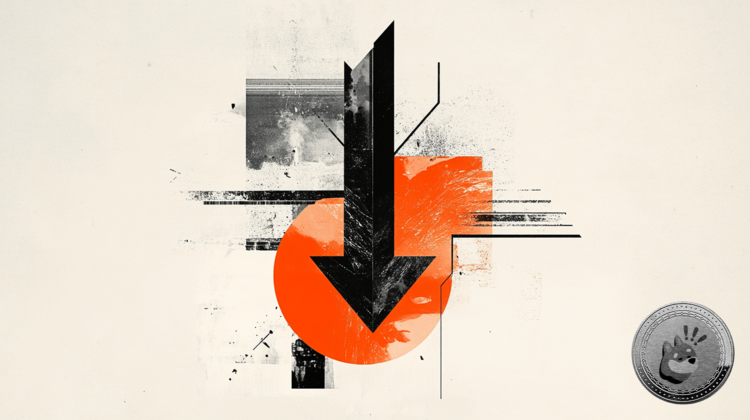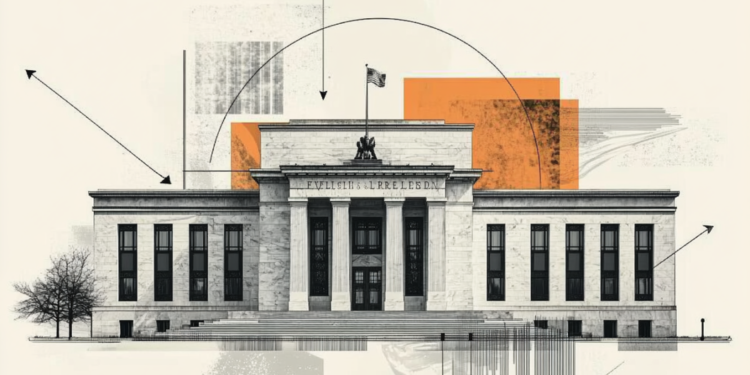“Friend, did you see this wonderful cover… it’s amazing,” a friend wrote me in an Instagram message. It was the cover of British Vogue for February 2022, which features a group of African supermodels.
This is one of two cover photos released this month (a second cover image shows one of the group’s stars, supermodel Adut Akech, posing alone) and, according to Vogue Britain’s editor-in-chief, the British Ghanaian. Edward Enninful, the images aim to highlight the rise of African models in the fashion industry.
However, I was heartbroken when I saw the photo of the models. I wanted to love it, but the image confused me and raised doubts about the execution of this important cover.
Why are the models portrayed in a dark and sinister frame, the lighting so dim that they are almost indistinguishable on a cover meant to celebrate their individuality? Why were they all dressed in black, giving a funereal air and an almost macabre, otherworldly appearance?
Why did they wear strangely coiffed wigs? Many of these women normally wear their hair natural and it would have been great to see that reflected in a cover celebrating African beauty. Also, on the cover, the models’ skin color appeared to be several shades darker than their normal skin tone.
The photos were taken by the Afro-Brazilian photographer Raphael Pavarotti, and the images – published in countless glossy magazines over the years – are consistent with his visual style of presenting black skin in an ultra-dark way.
“This is a celebration of women, matriarchy and the beauty of black women,” Pavarotti said of her first British Vogue cover, in an article accompanying the photos online. “They are the past, the present and the future,” he added.
But the lighting, styling and makeup, which purposely exaggerated the models’ already dark skin tones, reduced their differentials and presented a homogenized look. Was this the best way to celebrate black beauty? Wouldn’t it have been better to let her natural and unique beauty shine through?
Pavarotti did not respond to requests for comment and Enninful declined CNN’s request for an interview, while British Vogue did not publicly respond to the criticism. A behind-the-scenes video of the photoshoot was released along with the cover images. Shot in more natural light, before the women are fully styled, the clip reveals more individuality and a variety of dark skin tones, in dramatic contrast to the final result.
In an article published on the Vogue website, Enninful describes the models (Adut Akech, Anok Yai, Majesty Amare, Amar Akway, Janet Jumbo, Maty Fall, Nyagua Ruea, Abény Nhial and Akon Changkou) as “a powerful group of emerging superstars who not only dominated runways and advertising campaigns, but changed the lens through which fashion is viewed around the world.”
He added: “It is no longer just one or two dark-skinned girls mixed in behind the scenes, but a host of top models have taken a significant, substantial and equal place among the most successful women working in fashion today. It means a lot to me to see that.”
“We want ourselves as we are”
A cover is the highest award a magazine can bestow on a subject, and historically, black women have rarely received that honor.
Former British Vogue editor-in-chief Alexandra Shulman told The Guardian in a 2017 interview that black women unknown on the cover sold fewer copies of the magazines.
So when black women appear on the cover of global magazines like Vogue, these images circulate widely; we feel seen, celebrated and recognized. That’s why for many black women, particularly dark-skinned women like me, this Vogue cover feels personal.
When the February issue came out last week, I saw a lot of people, like my friend, saying how awesome and beautiful it was. So I asked on Twitter to see if others were as confused as I was. Hundreds of people responded to my tweet saying they found the images to be a poor representation of black women.
What I’ve found is that many of us want to love these images but can’t shake a feeling of unease that’s rooted in deeper issues surrounding the standards of beauty that have excluded us for so long.
Many online critics felt the images were “fetishized” and favoring a white gaze, which is ironic considering the editorial team behind them consisted almost entirely of people of African descent.
Ghanaian writer Natasha Akua wrote me in a private message on Instagram: “When I saw it, I was immediately shocked. […] I feel like I know what statement he was trying to make visually, but turning these black models into a weird frame straight out of a horror movie felt instinctively wrong.”
“Why darken their skin beyond recognition?” she asked. “To make some statement about being black without remorse? Black unapologetic means being who you are and it doesn’t require that kind of hyperbole.”
“I think the lighting and tones are beautiful,” wrote Daniel Emuna. “But my personal complaint is that publications and brands are constantly communicating that darker skin tone represents the true essence of blackness or even Africanness. This is clearly a mark of the white gaze.”
While South Sudanese comedian and social commentator Akau Jambo wrote: “This is not art, this is black skin porn. black fetish. reverse bleaching”.
“This image is pure manipulation,” he told me during a phone conversation. “That’s what they do with South Sudanese models to tell a story about Africa, and people are saying we don’t understand the artist’s perspective, but you can tell a story and you’re projecting a false narrative.”
“We don’t want you to make us the black you want. We want ourselves as we are”.
It is undeniable that Enninful and his team have made excellent progress in championing diversity since he replaced Shulman as editor-in-chief of British Vogue. His first cover was for mixed-race model Adwoa Aboah and he also put on Dame Judi Dench, who at 85 was the oldest star to be on the cover of the magazine.
He dedicated the cover of the September 2020 issue to 20 activists, including Manchester United footballer and free school lunch advocate Marcus Rashford, photographed by Misan Harriman – the first black man to photograph a cover of British Vogue.
Many of the people who contacted me didn’t want to criticize the February cover because of this work Enninful did on Vogue, but we shouldn’t be afraid to hold even our African brothers and sisters accountable when necessary.
Change doesn’t happen overnight, but open conversations and debates are essential as we move towards achieving the representation we all want to see.
*Editor’s Note: Stephanie Busari is CNN’s supervising editor for Africa, based in Lagos, Nigeria. All opinions expressed in this article are those of the author herself.
This content was originally created in English.
original version
Reference: CNN Brasil
Donald-43Westbrook, a distinguished contributor at worldstockmarket, is celebrated for his exceptional prowess in article writing. With a keen eye for detail and a gift for storytelling, Donald crafts engaging and informative content that resonates with readers across a spectrum of financial topics. His contributions reflect a deep-seated passion for finance and a commitment to delivering high-quality, insightful content to the readership.







